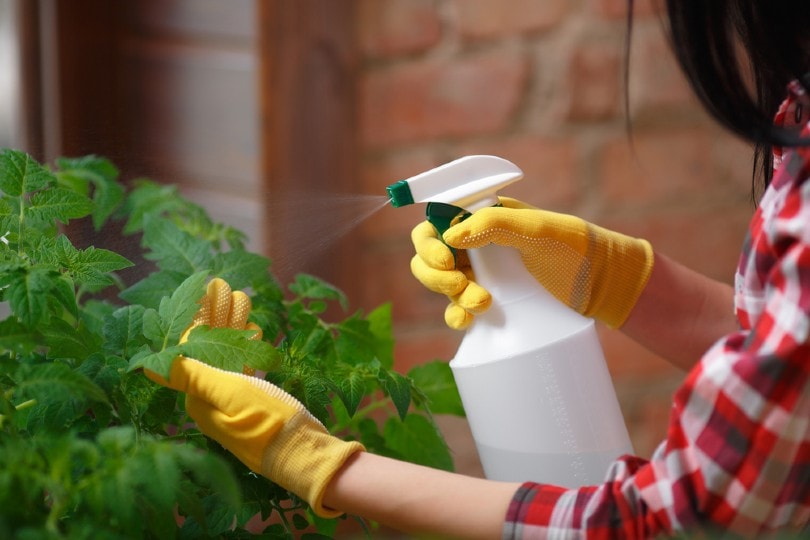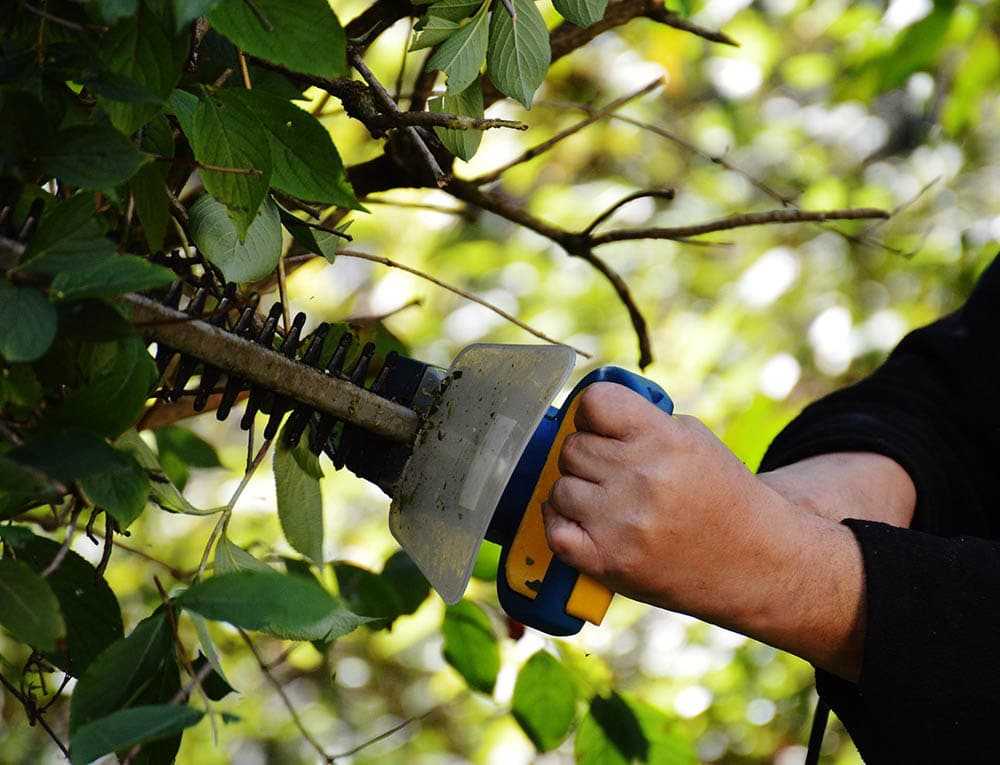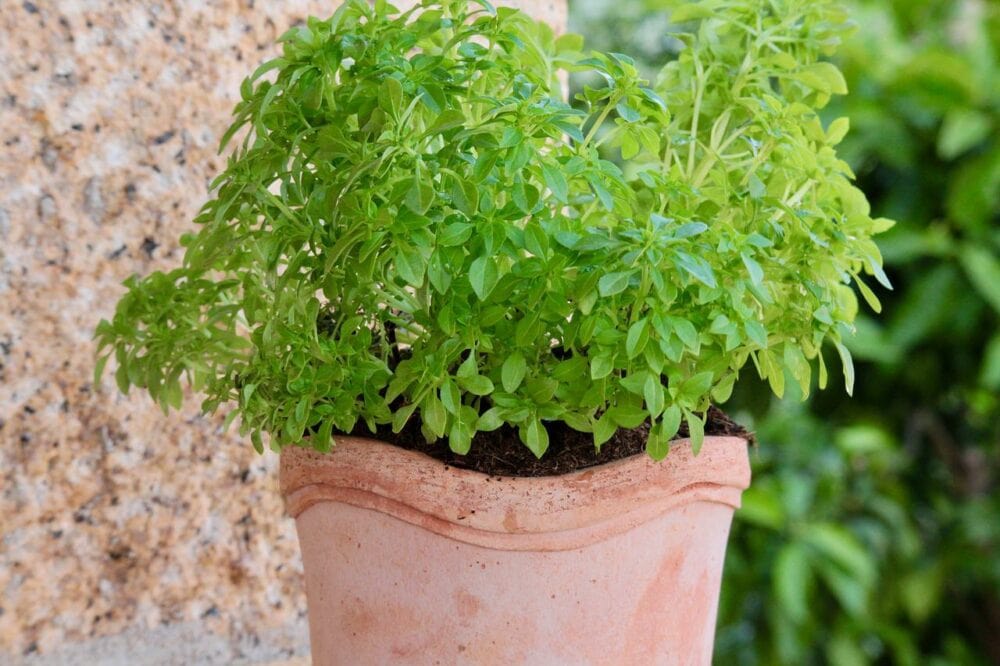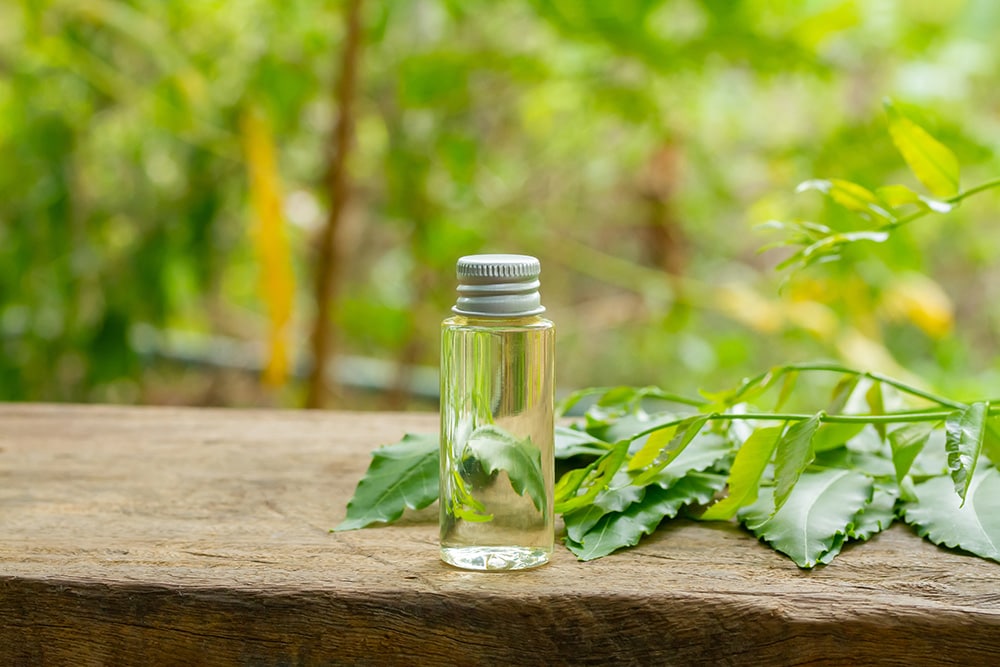How to Get Rid of Whiteflies: 14 Humane Methods
-
Pete Ortiz
- Last updated:

Are you noticing small, white, fly-like pests in your garden? If yes, your garden may be infested with whiteflies. These are soft-bodied winged pests that look like mealybugs and aphids. You will find them in clusters under plant leaves, and they are more active in the daytime. They will scatter fast when disturbed, making it easy to notice them.
These pests attack various garden plants, including cassava, beans, tomato, pigeon pea, watermelon, mango, citrus plants, cabbage, and others. They are quite problematic since they suck sap from plants and reproduce quickly under the right conditions. If left uncontrolled, they can kill all your plants by feeding on them.
This article looks at how to identify the whiteflies, different methods to get rid of them in the garden, and why you need to eliminate them in the first place.
Keep reading for more information.
How to Identify Whiteflies
There are several species of whiteflies, including silverleaf whitefly, banded winged whitefly, giant whitefly, and others. The pests are brought about by drought and overuse of insecticides and nitrogen fertilizer in the garden.
It is easy to identify these pests as they have yellow-white bodies and white wings. They are about 1/10 inches long, making them look similar to tiny white moths. Depending on the species, the nymphs differ in color ranging from black to translucent yellow-white.
Whiteflies like feeding on new growth in plants. Thus, you should look under the newly developed leaves. If there are whiteflies, they will fly in a swarm, making it obvious to notice them. You can also touch the leaves to feel if they have sticky honeydew.
You can also spot eggs on the underside of the leaves. The eggs are pale yellow when laid and turn brownish when about to hatch. The eggs indicate a new generation is developing. They will hatch into larvae that look like tiny white ovals without legs. The larvae don’t move but will suck the plants’ sap too.
The 14 Humane Methods for Getting Rid of Whiteflies
Washing Techniques
1. Vacuuming
One of the quickest ways you can get rid of whiteflies in a garden is through vacuuming. This method works by sucking the whiteflies in all their life stages from the infested plants. Vacuum the insects immediately when you notice the infestation.
Take your hand vacuum and walk around the whitefly-infested plants. Suck the whiteflies from under the foliage and leaves. When your vacuum is full, trade it out. Seal the bag in an airtight plastic bag. Put it in a freezer for a day to kill the pests. Once they die, empty the bag into your trash.
2. Wash Plants with Soap Solution

Washing your plants using a soap solution is a cost-effective way to get rid of the whiteflies in your garden. Put some soap into four liters of water and mix to create a solution. When cleaning, focus on the underside of the infested leaves.
Note that the method only works effectively when killing adult whiteflies. Wash the plants every three or four days to eliminate new pests as they grow from the pupa. You can continue the treatment for weeks, depending on the type of whiteflies you eliminate.
If you are using a concentrated soapy solution, apply it in the evening to ensure you don’t burn the foliage.
Besides washing the infested plants, you can also make a homemade spray to eradicate the white flies. Create an insecticidal soap spray with one tablespoon of mild liquid soap and a litter of tepid water, and mix them in a spray bottle. Then spray on the infested plants. There is also pre-mixed insecticidal soap you can get from your local insecticide store.
Since some types of soap can destroy your plants, testing with a few plants is always advisable before spraying whole plants.
3. Hose the Whiteflies Off
If you have a heavy whitefly infestation in your garden, you can use the garden hose to eradicate them. For such heavy infestation, vacuuming might take you a lot of time and may not be effective. You can use the garden hose to blow them away.
Spray the affected plants at the highest pressure they can withstand. Take extra precautions on the infested or damaged leaves. Applying the pressure will knock off the pests and the nymphs while they are still in their delicate stage. The cold water’s high pressure will free all the plants from these pests.
After you hose the pests off, remove all the leaves that cannot be repaired or those with sticky honeydew fluid.
Natural Techniques
4. Trim Away Infested Plants

You can use garden clippers or hands to remove all whitefly-infested leaves from the plants. Only remove the severely affected branches and leaves. Check for the eggs and the pests under the leaves. The severely infested plants have a waxy and sticky fluid that is produced when the feeding nymphs sap plant juices.
The leaves may also look wilted and pale. Trimming the leaves is also healthy for your plant growth. If it is the delicate plants affected, only remove the infected leaves. After you have trimmed the leaves, dispose of the plants properly. You can seal them in an airtight bag or burn them. Handle the leaves correctly to avoid whitefly re-infestation.
While at it, do regular inspection of new plants. If you have ample space in your garden, you can first plant new ones in an isolated place and observe them for a few weeks before transplanting them near other plants.
Healthy plants growing in a suitable environment are less prone to be affected by whiteflies. Grow your plants in an environment with the right humidity and take time to inspect, trim and care for the plants.
5. Use a Natural Predator
Another great way to eliminate the whiteflies is to introduce a predator to feed on the pests. Different insects such as ladybugs, wasps, big-eyed bugs, damsel bugs, hummingbirds, and lacewings feed on the whiteflies.
Create an environment that will attract damselflies, dragonflies, and other beneficial insects. With natural predators, the whiteflies population won’t explode. However, as you introduce the natural predator, take precautions. Some may also end up being harmful if not managed effectively.
6. Use Traps
A sticky yellow pad is an effective trap to remove whiteflies in your garden. Whiteflies are usually attracted to the yellow color, making this trap a great solution to the infestation. You can make your own at home or buy one from garden stores.
For a DIY trap, get a yellow cardboard and coat a slow-drying adhesive substance. You can use honey, glue, or petroleum jelly. When the whiteflies get to the trap, they get stuck. Put your trap near the leaves. Since the pests tend to form clusters under the leaves, the trap will catch them all at once. Make sure you reapply the adhesive when it dries.
Note that the traps are only effective at catching adult whiteflies. The young wingless nymphs will remain on your plants. So, combining the traps with other whitefly elimination methods is advisable.
7. Use Reflective Mulch
This is an organic method you can use to keep whiteflies away from your garden. The reflective mulch helps by confusing whiteflies, and the light it generates makes it difficult for them to find their favorite plants.
You can get reflective mulch such as polyethylene mulch available in rolls. You can also whip up a homemade hack by affixing reflective aluminum foil to a board.
To add the organic gardening mulch to your garden, remove all the weeds and start to roll the mulch out. Dig holes along the mulch row to plant the new crops you wish to have. Then, cover or stake the mulch roll with dirt on its side to keep it in position.
Remove the organic gardening mulch during summer since it can heat your plants.
Repellants
8. Repelling Plants

You can also keep off white flies from your garden using repelling plants such as nasturtiums, bee balm, basil, borage, catnip, Mexican and French marigolds. These plants make your garden environment unfriendly for the whiteflies.
Note that this method works best to prevent infestation as well as getting rid of an existing infestation. Some repelling plants also attract beneficial insects that prey on the whiteflies, which is what you want in this case, right?
You get to reduce your workload and the use of chemical insecticides on your plants. The fewer insecticides you use, the more useful insects you retain that help kill the whiteflies.
9. Earthworm Castings
Spraying earthworm castings at the base of the whitefly-infested plants is another great solution. When added to the plants, the earthworm castings repel the whiteflies within three to four weeks.
The earthworm castings work by increasing the levels of chitinase enzymes in plants. The whiteflies find the plants distasteful, thus avoiding them. If the whiteflies feed on the leaves of plants with chitinase, their stomach dissolves, leading to their death.
Another great benefit is that the earthworm castings help fertilize the soil, leading to improved plant growth.
10. Garlic Spray
Like most other pests that attack your plants, whiteflies are usually repelled by the smell of garlic. It’s a cheap but effective method to keep the pests away from your garden. Get four cloves of garlic and mineral oil to start making the concoction.
Mince the cloves, put them in a tablespoon of mineral oil, and let them sit there for a day. Strain the garlic from the oil. Mix the oil into a pint of water with one teaspoon of dish soap. Pour the mixture into a spray bottle and shake well before you spray it onto your whiteflies-infested plants.
Test a small part of your plants before you can spray on the entire plant. This is necessary to determine how the plants react to the garlic spray. Dilute the mixture if you find the leaves turning yellow after one day.
11. Neem Oils

Neem oil is a great natural spray you can use to eliminate whiteflies completely. Its residual effects act as an effective repellent to keep them away from your garden, especially if they have already infested your plants.
You can make your neem oil spray with one and a half teaspoons of neem organic oil concentrate, a tablespoon of mild liquid soap, and a liter of tepid water. Mix all these ingredients into a plastic spray bottle and then spray on the infested plants.
You should start by testing the mixture on one or two leaves before you can spray it on the entire plant. This ensures that the spray doesn’t damage your plants.
Chemical Solutions
12. Hydrogen Peroxide Solution
You can kill the whiteflies on your leaves using hydrogen peroxide. To create the solution, mix four parts of water with a single part of hydrogen peroxide. Once you make the solution, pour it into the soil.
After you water the soil, you find some bubbling, showing it is already working. Hydrogen peroxide is an antiseptic and can attack the whiteflies. Apply in moderation to ensure that it doesn’t destroy your plants.
13. Use Pyrethrin Spray
For an indoor garden, pyrethrin is a great solution to whiteflies infestations. The active ingredient is sourced from chrysanthemum flowers. It is safe and works within a few days. Spray on the infested plants until the whiteflies are gone.
When purchasing this chemical, check the labels to ensure you get organic and pure pyrethrin that doesn’t adversely affect the environment. Besides, it should be specifically designed to kill whiteflies.
14. Chemical Insecticides
You can also use chemical insecticides to remove heavy infestations of whiteflies. You can apply several insecticides, but before doing so, it’s good to know if they can cause adverse effects on other useful insects and the environment.
Chemical insecticides work fast, even eliminating other unwanted pests in the garden. However, it’s advisable to use them as the last option because of the effects they may have on the environment.
Effects of Whiteflies
Like aphids, whiteflies suck plant juices and produce honeydew, a sticky substance. When left on its own, the honeydew causes fungal diseases like the sooty mold that forms on the leaves. With heavy sucking of the leaves sap, the plants weaken and fail to carry out photosynthesis. As a result, fruits and vegetables fail to develop or get deformed.
Leaves wilt, turn yellow or pale, shrivel and drop off. The plants also have stunted growth. Honeydew is an outright sign whiteflies have been feeding on your plants for many days. You may also find ants that are attracted to the sweet honeydew.
If allowed to thrive, whiteflies can have devastating effects in your garden. They affect the physiology of the plants, leading to retarded growth. The leaf damage also affects the development of fruits, leading to reduced yield.
As they suck plant sap and secrete honeydew, the plants look unattractive. This has adverse effects on your ornamental plants. When honeydew is deposited on the fruits, they become dirty, unsaleable, and may also rot.
Conclusion
Whiteflies suck sap from plants, making them weak and leading to the growth of sooty mold and transmission of other viral pathogens. This is why it is crucial to learn how to get rid of white flies in the garden to promote your plants’ health.
You can use various methods including washing, use repellants and as a last resort chemical herbicides. Some of these methods will also get rid of other pests that may be a nuisance in your garden.
Choose a method that works best depending on the size of your garden and the extent of the whitefly infestations. You can also use more than one method to increase the chances of success in eliminating these pests.
Featured Image Credit: Ferenc Speder, Shutterstock
Contents



